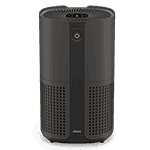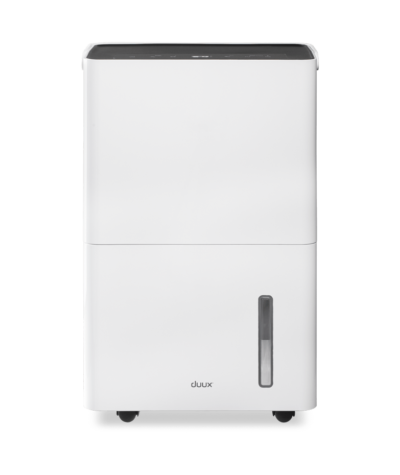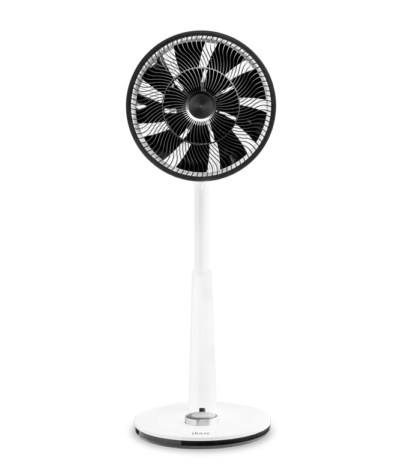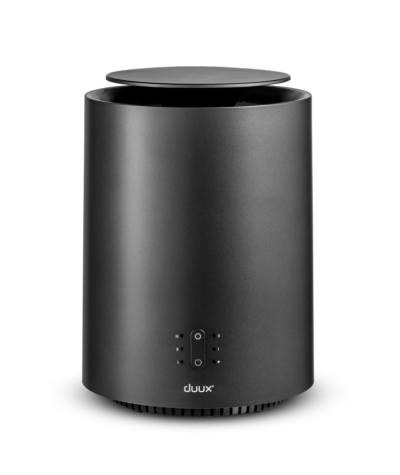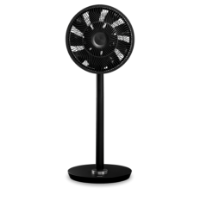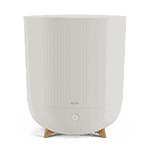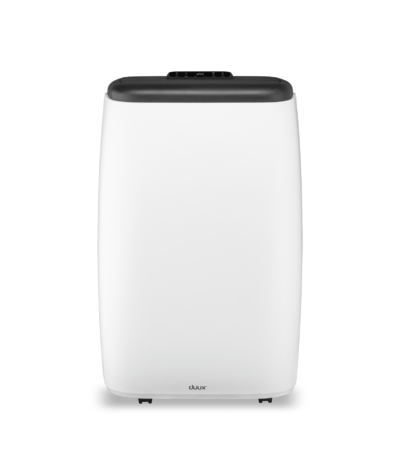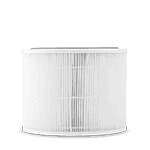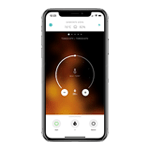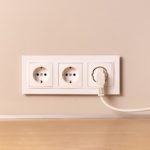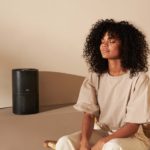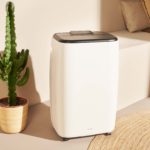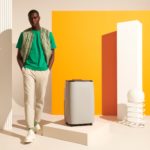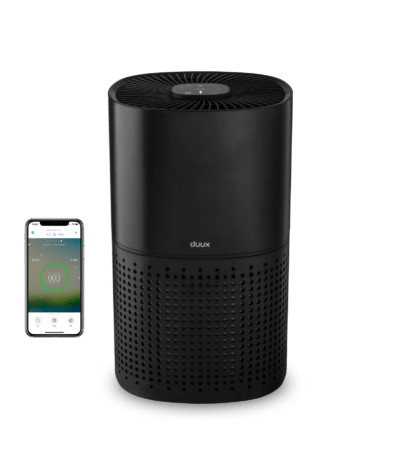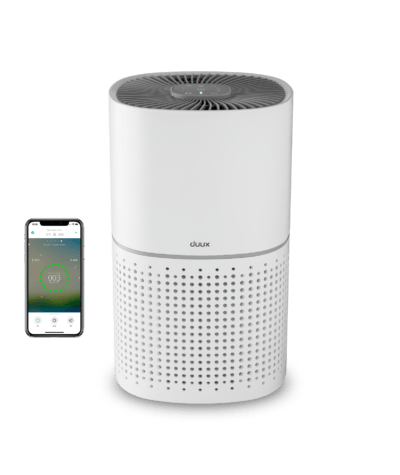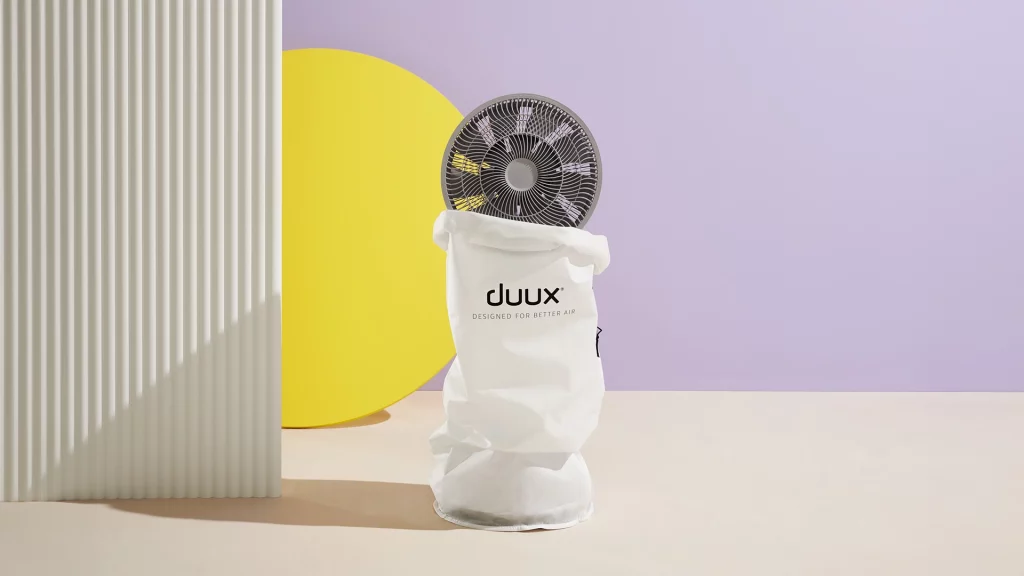Reducing hay fever symptoms with a HEPA filter air purifier
After the long, dark days of winter, everyone is looking forward to the first rays of sunshine and signs of the beginning of spring. Leaves appear on the trees and the first flowers and grasses bloom. Although this sounds like the ideal scenario for many people, at the same time millions of pollen are released into the air. Hand in hand with spring, the hay fever season has also begun.
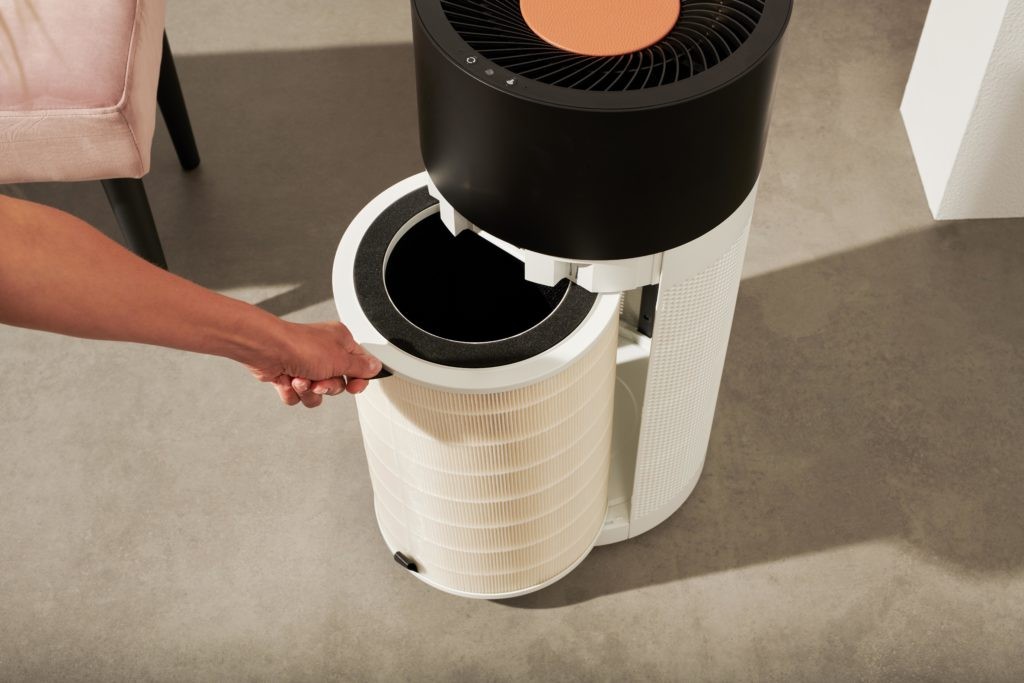
How does hay fever develop?
Hay fever is an allergic reaction to the pollen of grasses, plants or trees. This pollen, better known as pollen, can stimulate the mucous membranes of people with hay fever when inhaled. As a result, the immune system triggers an initial inflammatory reaction leading to sneezing, a blocked nose and burning eyes. Sometimes these complaints can even lead to fatigue, wheezing or even asthmatic complaints. These discomforts can get in the way of daily activities.
What are pollen?
Pollen is powder or pollen from trees and plants that is released as soon as these plants are in flower. Pollen is about 15 micrometres in size and barely perceptible to the human eye.
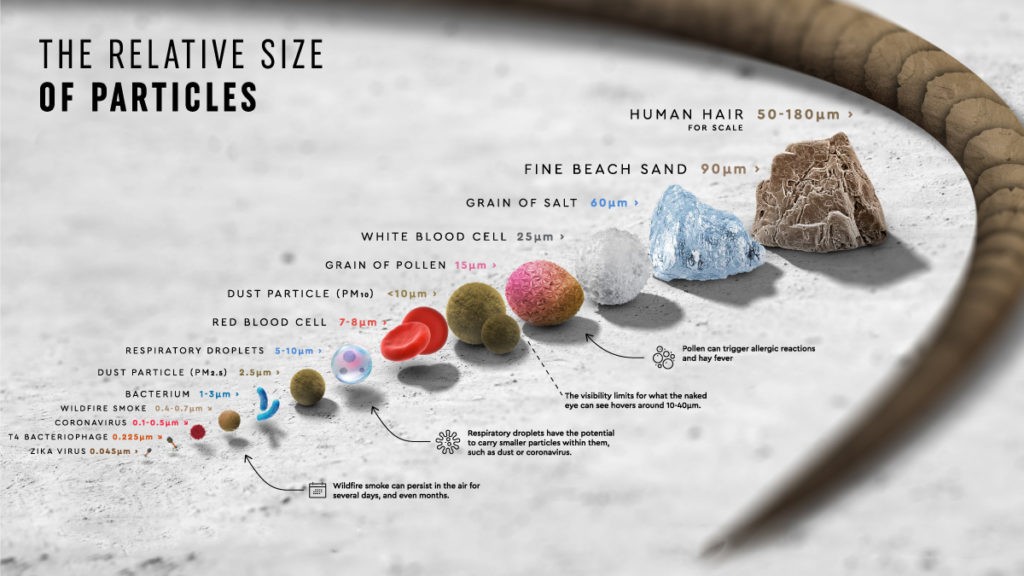
Pollen is about 10 times smaller than the cross section of a human hair, but 10 times larger than a bacterial particle.
What can I do to reduce complaints?
If the above symptoms seem familiar, it is first of all advisable to consult your GP. Fortunately, the necessary medication is already available to slow down the first hay fever symptoms. It is also advisable to stay indoors when there is a soft spring breeze and therefore more pollen in the air. If you do go outside, you can limit eye irritation by using sunglasses. Also be aware that pollen can attach itself to clothing. So changing your clothes after you have been outside for a while is not an unnecessary luxury. Pets can also bring pollen with them.
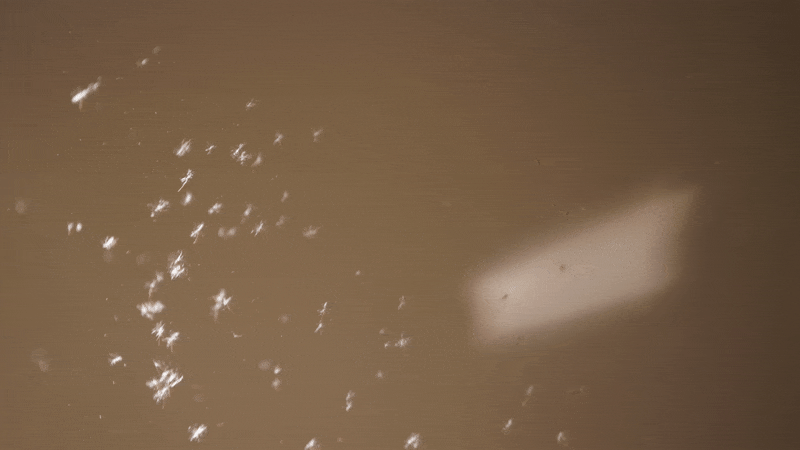
Are pollen also active indoors?
Unfortunately, the presence of pollen is not limited to our outdoor environment, but also penetrates into our homes. This is easily done by opening a window or through the ventilation system. To make your home as pleasant as possible in times of hay fever, it is important to keep the air quality in the house up to standard. A air purifier with a HEPA filter and ioniser can help.
How does a air purifier with HEPA filter work?
The HEPA H13 filter in Tube captures 99.97% of all small dust particles, pollen, allergens and contaminants. The ioniser creates an electrical charge on the smallest particles in the air, causing them to fall and be easily sucked up by the HEPA filter. Tube cleans up to 75 square meters in just 20 minutes and can be controlled from anywhere with the Duux Smart App. So if you are on your way home from work, Tube makes sure that the air in your home is clean as soon as you step over the threshold!
Are you looking for a compact air purifier that you can easily take with you when you change rooms? Then is Bright Bright cleans up to 27 square metres and is therefore ideal for your bedroom (or other smaller rooms), where you spend the most time every day. Like Tube , this air purifier has a HEPA H13 filter and also removes unwanted cigarette or cooking odours thanks to its active carbon filter.
-
Tube€269,99
-
Bright Black€159,99
-
Bright White€159,99
Tips: What else can you do against hay fever?
In addition to using a air purifier in the home, the following tips can help you reduce complaints:
- Try to avoid rural areas as much as possible in times of high pollen concentration. Also pay attention in the city: exhaust fumes can aggravate hay fever complaints.
- Wash your bed linen regularly and try to keep your house as dust-free as possible. This way you prevent pollen from swirling up again.
- Try to keep your windows closed as much as possible. Especially when there's wind. Anti-pollution mosquito nets can also be a solution.
- Try to stay inside on sunny spring days when there is a breeze. The pollen concentration is then at its highest.
- Keep the grass in your garden cut short so that it cannot come into full bloom.
- Find out about possible holiday destinations in advance. Check the flowering times or choose a destination with less pollen in the air. Think of sea or mountain areas.
- Try to find out to which pollen you react most violently and tune your garden accordingly.
- Keep the windows in your car closed as much as possible to prevent pollen from blowing in. Also be careful with the use of a ventilation system.
- Put on sunglasses to protect your eyes from pollen. Also wash your hands regularly and try not to rub your eyes when itches.
- Find out which pollen you are most allergic to and check the pollen calendar to see when you can expect these pollen.
